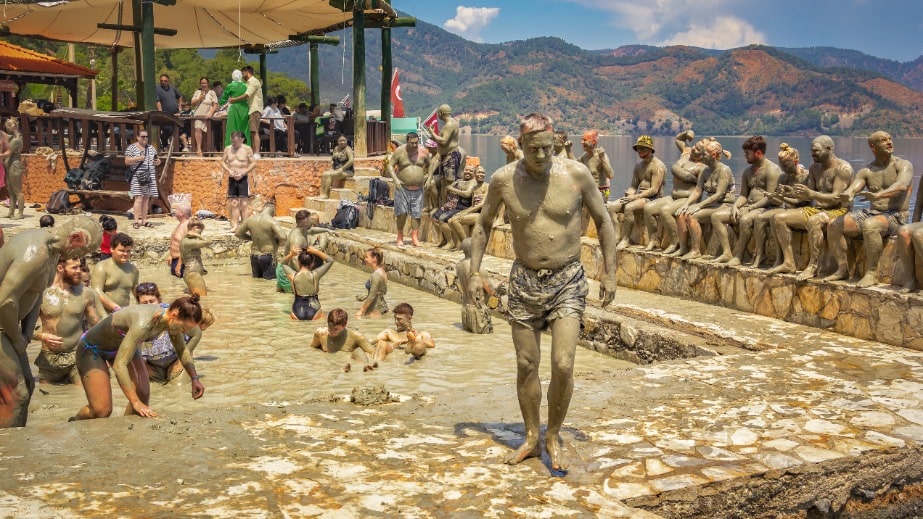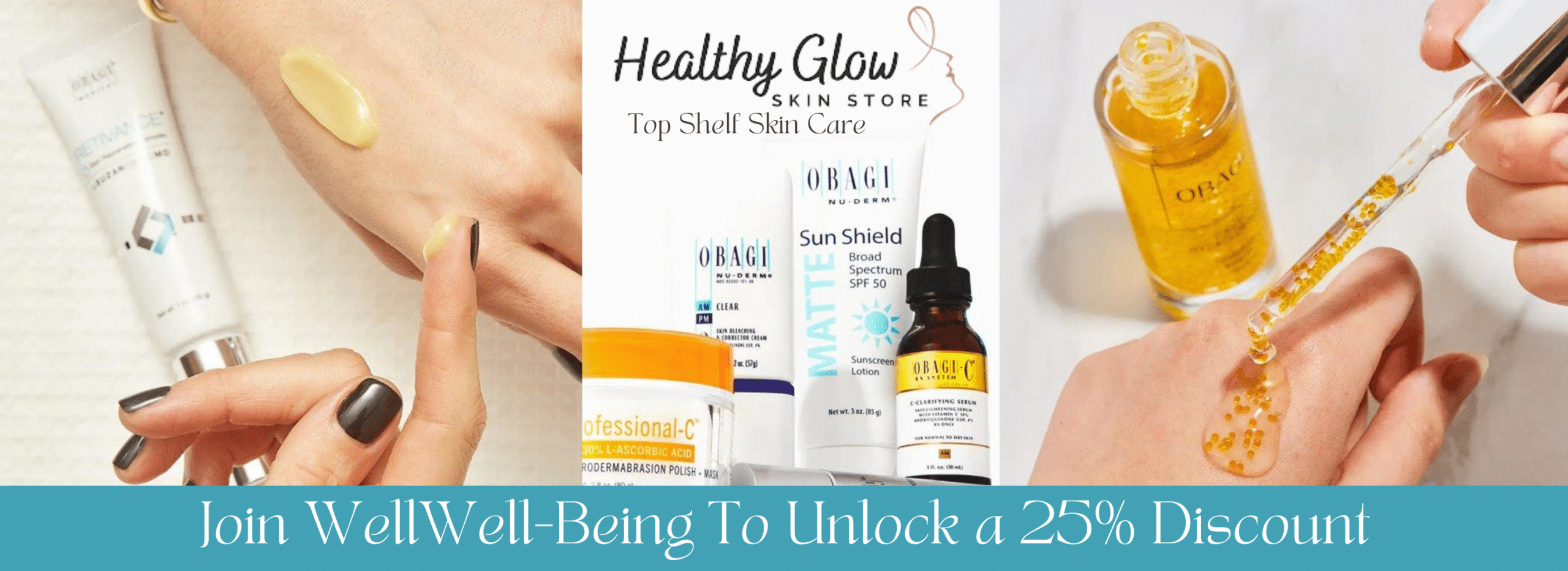By Barbara Krooss –
The young and the old have been in the mud for more than four thousand years. Children love playing in it, but mud baths draw in adults for its relaxing and healing powers. Dignified adults may prefer “balneotherapy” instead of the more pedestrian mud bath, referring to mud bathing for medicinal purposes.
Regardless of the name, there is a lot of uncertainty surrounding the dirty yet potentially beneficial business. Does mud have healing properties? Are there different types of baths available? What should a dipper expect, and what should they guard?
First off, not all mud is not equal. Proponents claim that your backyard mud is not likely to deliver much in terms of therapy beyond making individuals look messy and generating some curious looks from neighbors. If these baths are to offer any hope of relief, then saltwater hot springs, mud volcanos, and lakes that are very salty or peaty that produce therapeutic mud with unique contents, effects, sensations and odors.
These types of baths found from Iceland to the tropics, offering mud-covered bathers the chance to bask like a rookery of seals in shallow water or immerse themselves neck-deep in mud warmed by the sun or geothermal action. People enjoy these dirty dips of heated mud in a tub. Note that dress codes vary from birthday suits to disposable clothing.
Locations not blessed with a nearby deposit of therapeutic gloop can import dried earth or salts, volcanic ash or Canadian peat for mud baths.
Of course, mud bath advocates argue there is more to these dips than just getting dirty.
Using warm mineral-rich muds for skin treatment has been well-accepted for millennia. “They’re a great exfoliator,” claims Dr. Dhaval Bhanusali, a board-certified dermatologist. The minerals such as kaolinite, bentonite, magnesium and potassium exfoliate and cleanse the skin. Sulfur has anti-inflammatory, antibacterial and anti-fungal properties. Calcium and iron nourish skin cells.
Beyond this, the warmth of these baths stimulates blood and lymphatic flow and helps relax muscles.
Science lends its support to the benefits of balneotherapy as well. It is effective in treating various musculoskeletal and dermatological diseases, according to research presented at the Institute of Physics (IOP) Second International Conference on Advanced Materials.
This study dealt exclusively with the composition and medical benefits of salts and mud from the Dead Sea. It also warned that there were area-specific about the potentially harmful impact of contaminants like heavy metals, bacteria, algae and fungi in this material.
Another review to vet the legitimacy of 27 studies on mud bath benefits concluded that treatments provided statistically significant pain reduction and improved functioning and quality of life for patients with osteoarthritis or rheumatoid arthritis, chronic low back pain and osteoporosis.
There are considerations and precautions involved for those looking to take a dip. Just as all mud isn’t the same, all mud baths, spa facilities and procedures aren’t the same. They can vary greatly and impacts the range and efficacy of treatments. There are health considerations as well.
“Mud baths are typically not harmful to healthy people as long as your skin is intact and you don’t ingest it,” reported Dr. David Harvey, a dermatologist at Piedmont Health Care in Georgia
Nonetheless, he recommends that anyone pregnant, drinks alcohol, has high blood pressure or has unusual heat sensitivity should avoid hot mud baths.
Surprisingly, cleanliness can also be an issue, especially if mud tubs are involved. The number of people using the mud and how often it’s changed is important. Microorganisms can thrive in warm mud, and just tossing in chlorine won’t kill them all, notes MedMD.com. Do a patch test to avoid irriatants.
Overheating and dehydration are also risks associated with these baths. Drink water to stay hydrated and follow spa guidelines for how long and frequently one should take dips.
Mud baths present a lot more benefits than risks. But they still do not be to everyone’s liking. Anyone uncertain about balneotherapy should consult their physician before taking the plunge.













